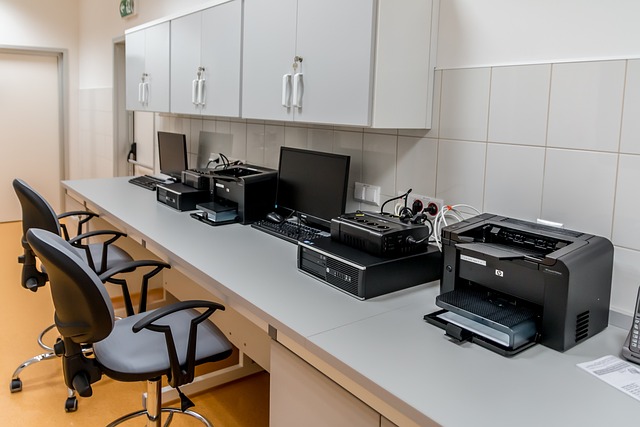How to Save Costs by Doing Printer Maintenance Right
Introduction
If you’re a business owner, it’s likely that your printer is one of your most valuable assets. A printer can make or break the success of any company and its ability to produce high-quality documents is key in helping businesses grow. However, printers can be expensive to purchase and maintain—and not all printers are created equal when it comes time for maintenance. The good news is that there are some simple ways to save money on maintaining your printer without sacrificing quality or performance:
Clean Your Printer On A Regular Basis
You can help prevent paper jams by cleaning your printer on a regular basis. You should also clean the rollers and other parts of your printer, as well as the exterior of its casing. A good way to do this is by using warm water and mild detergent, but you may also want to invest in a specialized product designed specifically for cleaning printers. Finally, make sure that everything inside is free from dust and debris—this includes ink cartridges too!
Check Your Parts
Check the printer’s paper tray. If you notice that it’s full and there’s no way to remove any more sheets, then you’ll have to replace your current paper roll with a new one. This is easy enough—just open up the printer, grab an empty bin, and put it in there.
Check your ink cartridges and toner cartridges (if applicable). Sometimes these things get clogged up because of dust or dirt buildup inside them over time—which means they won’t work as well anymore!
Use Only Quality Cartridges And Toners
It’s important to use only quality cartridges and toner. Cheap ink cartridges and toner can cause your printer to produce poor-quality prints that are hard to read, even if you’ve replaced them with high-quality ones.
It’s also important not to use refilled cartridges or refillable toners because they don’t last as long as original OEM products, which means more costs in the long run.
Choose The Right Printer
If you’re printing in black and white, then consider using monochrome printers. Monochrome printers are more cost-effective than their color counterparts because they use less ink and toner, which means they use less paper. Plus, they’re faster because there’s no need to turn the pages of your document back and forth between color and black-and-white images—you simply continue working on the same page until it’s finished printing.
Monochromatic documents also tend to produce higher-quality images due to their greater contrast between light tones (like whites) and dark tones (like blacks). This means that if you need high-quality images for presentations or marketing materials, then this type of printer would be ideal for those purposes as well!
If you print in color, then consider using a color printer. Color printers use more ink than black and white ones do—and thus, they are more expensive to purchase. They also tend to be slower and more difficult to maintain than their monochromatic counterparts.
Color printers can be tricky, too: You may have heard of “clogging” or “blocking,” which happens when your ink comes out of its cartridge at an angle instead of straight down onto the paper. This is common on old ink cartridges; newer ones don’t have this problem but may still clog if there’s too much gravity pulling on them (such as from holding up the whole stack).
Be Cognizant Of The Paper That You Use In Your Printer
When you’re printing, be sure to use the right paper. This is important because different types of paper have different properties, which affect how well they will handle ink and other substances when printed on. For example, matte-finish art papers can be used for both photos and graphics; however, they won’t hold up as well under high humidity conditions like those found in an office environment.
Additionally, it’s important to keep in mind that each type of document has its own specific weight (e.g., legal size). If you’re using heavier-weight paper for certain jobs (like brochures), then there will be more waste throughout your life cycle than if you were using lighter-weight paper with similar dimensions but less absorbability in liquid form (paper towels).
Always Use Fonts At Recommended Sizes
To save money, you should always use fonts at recommended sizes. This means that when you are designing a document or creating an image for printing, use only the fonts that are compatible with your printer and operating system. Other than that, stick to using font sets created by Adobe or Microsoft. Using the wrong typeface can cause problems with the final product or even cause damage during printing if not taken care of properly!
A smaller font usually uses less ink so if your printer has a high-resolution setting that lets you print at a higher resolution (like 1200 dpi), then this can also help save money in the long run by using less black ink per page.
Conclusion
It’s true; not all printers are created equal. But with a little care and attention to detail, it’s possible to reduce your costs without sacrificing quality or reliability—and get the most out of your investment in time, energy, materials, and resources! By following these tips above, you should be well on your way to saving yourself some cash!

